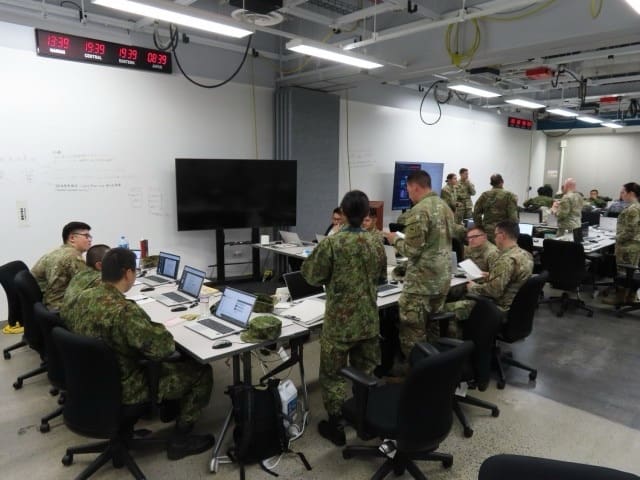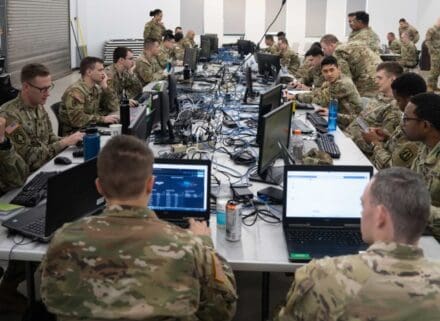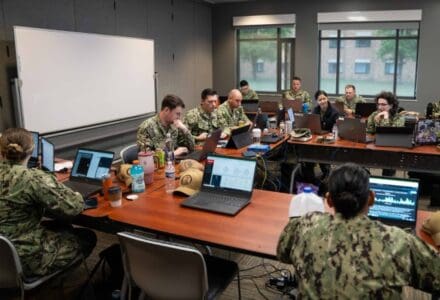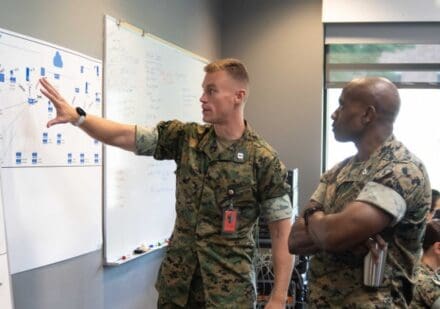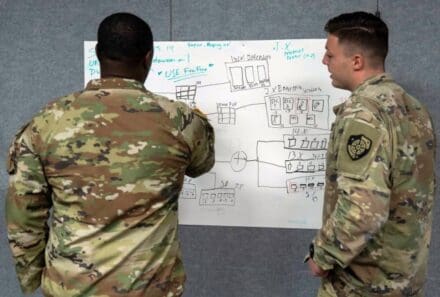In 1991, U.S. Army Col. (ret) John Collins authored the special operations forces (SOF) truths. These five stanzas outline what it means to be a SOF soldier, and how the force must operate to be successful. Chief among those is truth number 1: “People are more important than hardware”. SOF capabilities have evolved considerably since 1991, however, and while people remain the most important asset, hardware has led the evolutionary change.
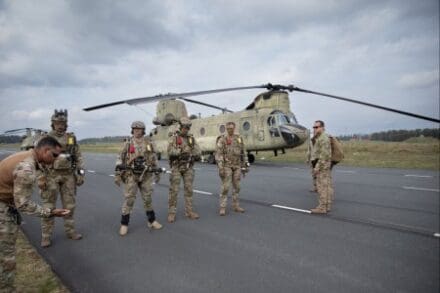
Advancements in technology have increased the capabilities of the people in the SOF community. Not only are they masters of air, land, and sea, but now there is a fourth domain. Cyberspace has become a key part of the battlefield, and quickly has become just as critical as the physical realm in battlefield superiority. It’s for this reason that Operational Detachment Alpha (ODA) teams trained with disruptive cyber technology during Exercise Swift Response 2024 near Skillingaryd, Sweden this month.
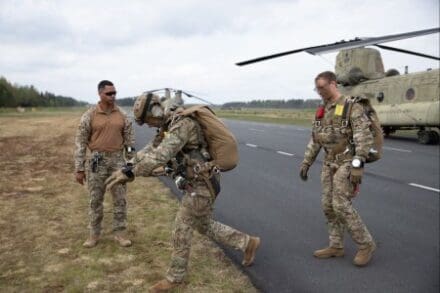
“What this allows us to do is target an objective, use the signaling equipment to gain access to any WiFi networks originating at the target, and then monitor activity from that location for a period of time,” explained an identity protected ODA team member.
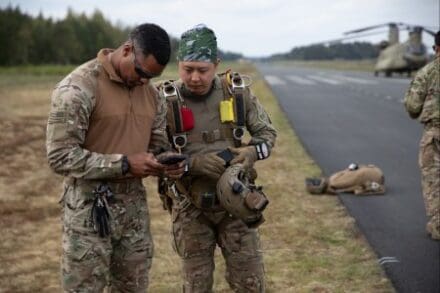
“It’s a very useful tool for us, because it gives us another set of eyes and helps to paint a clearer picture of our objective.” he said.
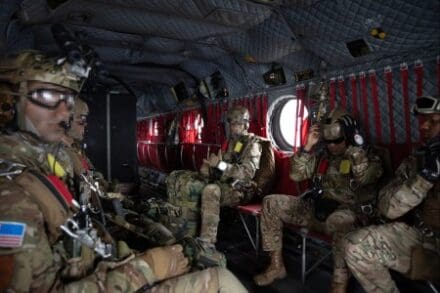
During the exercise, the aforementioned ODA team identified a target building and used a remote access device (RAD) to identify the networks coming from the facility. They were able to crack the WiFi password, enumerate the network, and run exploits on the target computer inside the building. This enabled the team to manipulate security cameras, door locks, and other security systems in the building.
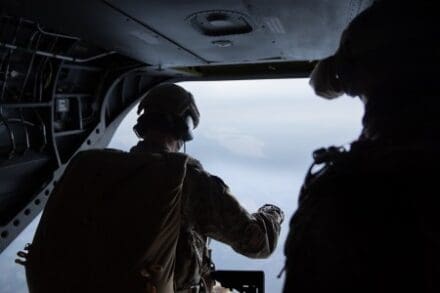
While one team was in charge of manipulating the building through cyber disruption, a second ODA team conducted an infiltration operation on the facility. They conducted a military free fall (MFF) jump and marched seven miles to access the building, which they were able to enter easily due to the cyber disruption. From there they placed signal jamming equipment to clear any trace of the attack and exited the premises.
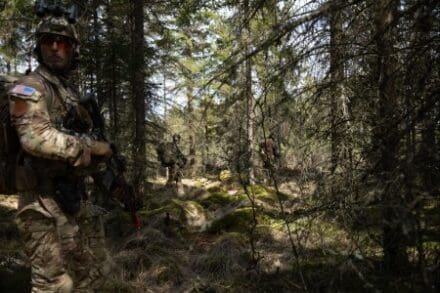
Training on a set of tools gives the team the ability to master them, living up to the second SOF truth, which is that quality is more important than quantity.
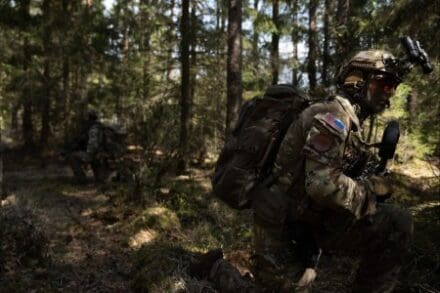
“In a real-world situation, this would allow us to gain information in a way that we haven’t always had,” explained the commander of the INFIL ODA team. “If we have a specific target or objective we need to reach, we now have the capability to glean critical information in a way that is undetectable if we do our jobs right.” he said.
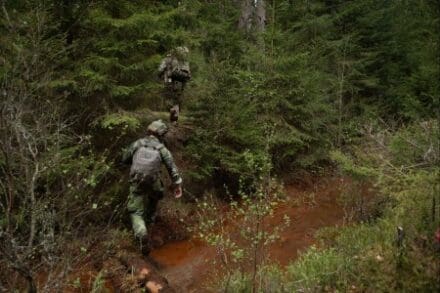
The third SOF truth is that special operations cannot be mass produced. The ability to hack into a building through cyber technology is not exclusive to the special operations community, but the ability to do so, while also incorporating an MFF jump, and 7 mile foot march undetected is a SOF skill that when combined with the cyber capability gives special operations a unique set of skills that is exclusive said the ODA cyber team member.
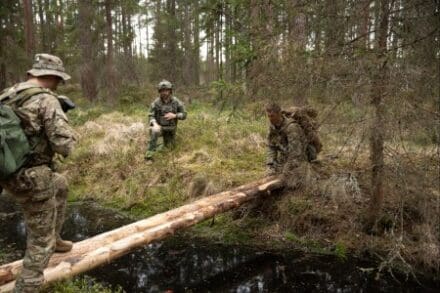
“We are able to see what’s happening, and we know what the INFIL team is doing,” he said. “We have eyes on the whole scenario.”
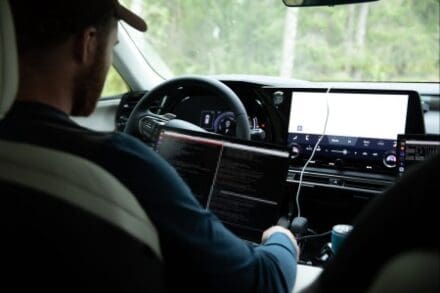
The fourth SOF truth states that special operations forces cannot be produced after an emergency. They must be established, ready, and fully competent. This is why training in exercises like Swift Response is so important. It allows team members to sharpen their skills in an unfamiliar environment and put their knowledge to the test.
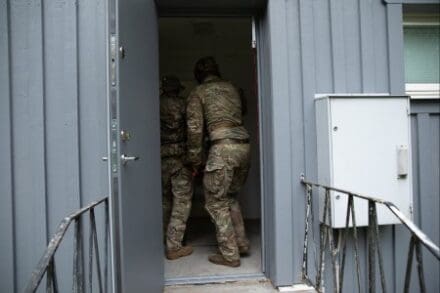
Advancements in hardware are due to the fifth SOF truth, which is that SOF requires non-SOF support. Cyber disruption is not brand new technology, but a tool that continues to develop. Staying current with the technology is a critical task, said the ODA cyber team member.
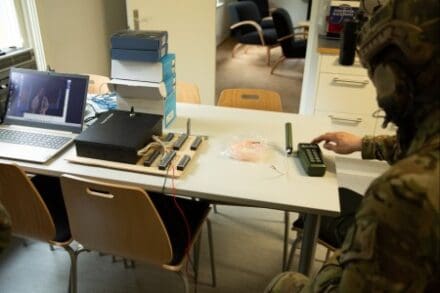
“This capability is something that we need to train on, and keep current with,” he said. “Because it’s evolving so rapidly, the devices we use today could be obsolete next year. It’s been five years since I first went to school for this – it’s changed so much in that time, I feel like it’s a whole new world.” he said.
While advancements are inevitable, the five SOF truths remain. New capabilities fall in line with established practices, and the entire machine keeps moving forward. Working during exercises like Swift Response 24 with Allies and partners such as Sweden enables special operations to remain uniquely postured to counter malign influence, build interoperability, rapidly respond to emerging threats and if necessary, defeat aggression.
By SFC Tim Beery



